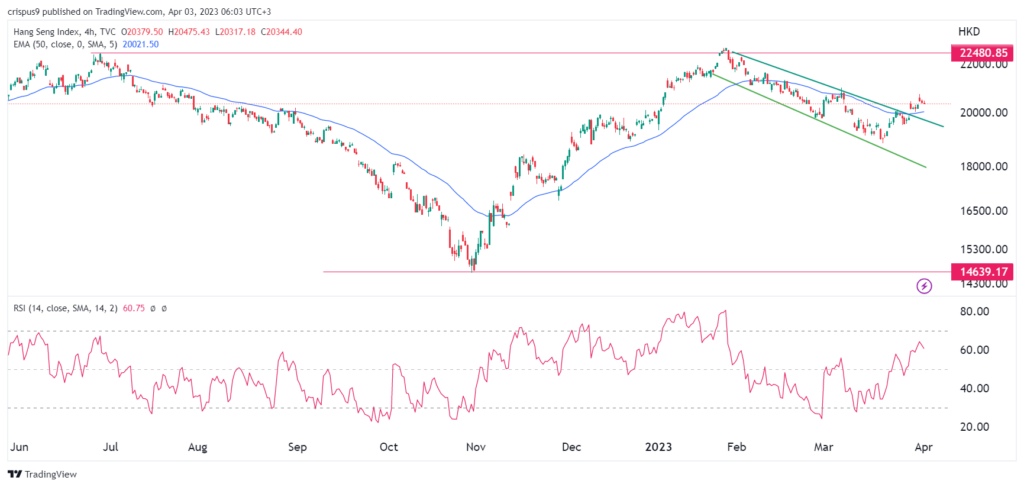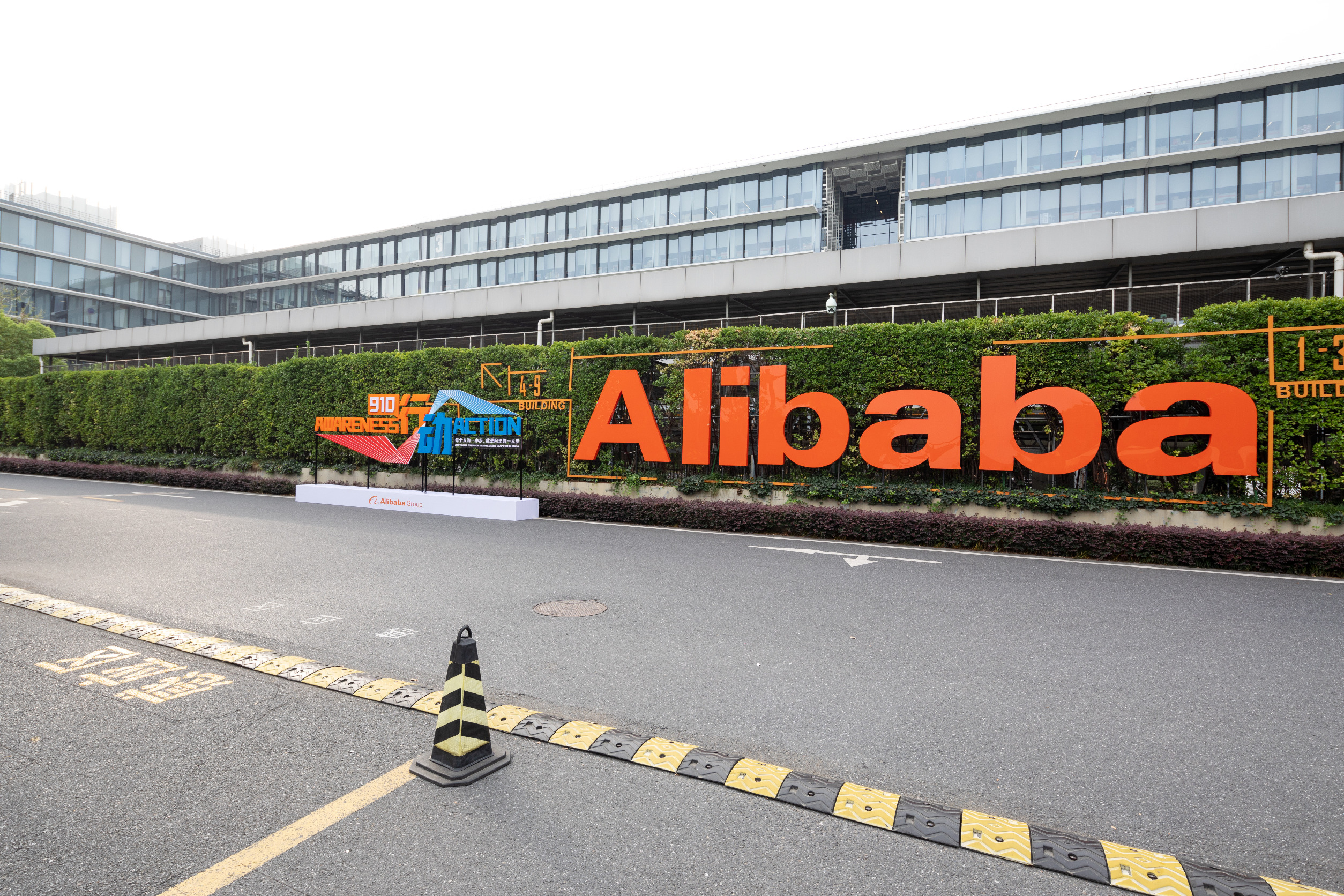The Hang Seng Index moved sideways on Monday morning as investors reacted to the latest OPEC+ decision to slash oil production. It also reacted to the relatively weak China manufacturing PMI data published by Caixin. It was trading at H$20,397, which was a few points below last week’s high of H$20,720.
China manufacturing PMI
The Hang Seng index pulled back slightly after Chinese data showed that the manufacturing PMI declined slightly in March even as the reopening continued. According to Caixin, the manufacturing PMI came in at 50, which as lower than February’s increase of 51.6. It was worse than the median estimate of 51.6.
These numbers mean that the Chinese economy is recovering at a slower pace than analysts were expecting. This is important because of the important role that the manufacturing sector plays in the country’s economy.
It is also because of the shifting changes in the manufacturing sector as companies diversify their supply chains. Many companies have moved to countries like Mexico, Indonesia, and Vietnam, which are seen as being more friendly to the US.
Mainland China’s economy has an impact on the Hang Seng index because many constituent companies have roots in the country. Also, many firms make most of their money in mainland China. As such, a sign of China weakness means that demand will also be mild.
The other catalyst for the Hang Seng index is the soaring crude oil prices. Brent jumped to $84 on Monday as OPEC+ decided to slash production by 1 million barrels per day. Their goal was to boost prices, which have moved sideways in the past few months.
The top-performing Hang Seng index constituents were China Overseas, Sands China, Galaxy Entertainment, CNOOC, and China Resources Mixed Lifestyle. Technology stocks like Tencent, Alibaba, and Baidu did well as traders reacted to Alibaba’s decision to split into 6 companies.
Hang Seng index forecast

The Hang Seng started the first-quarter well as it jumped from a low of H$14,640 to a high of H$22,480. It then pulled back as signs emerged that China was not recovering at a faster pace than what analysts were expecting.
As it dropped, the index formed a descending channel that is shown in green. Now, the Hang Seng has bounced back and moved above the upper side of the index. It has moved slightly above the 50-period moving average while the Relative Strength Index (RSI) has moved close to the overbought level.
Therefore, the Hang Seng index will likely continue rising as buyers target the year-to-date high at H$22,490, which is about 11% above the current level.
The post Hang Seng index chart analysis points to a 7% jump soon appeared first on Invezz.

